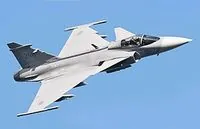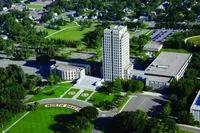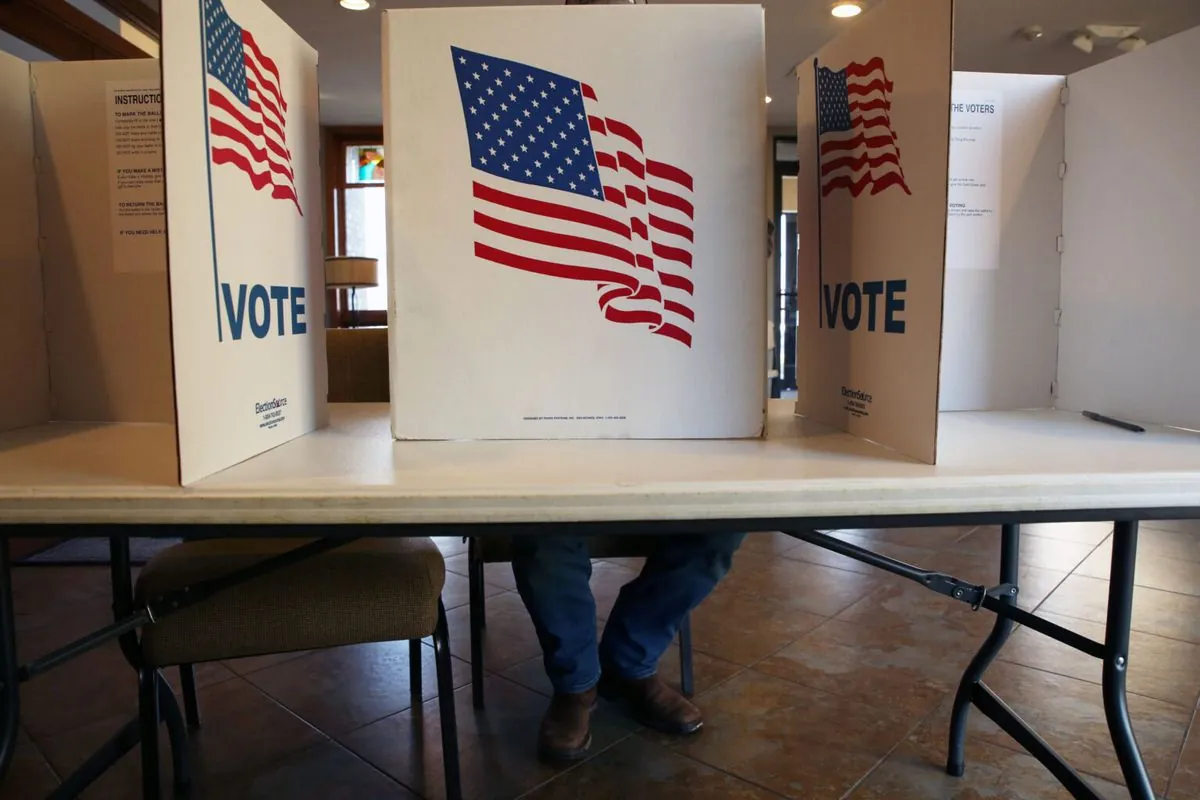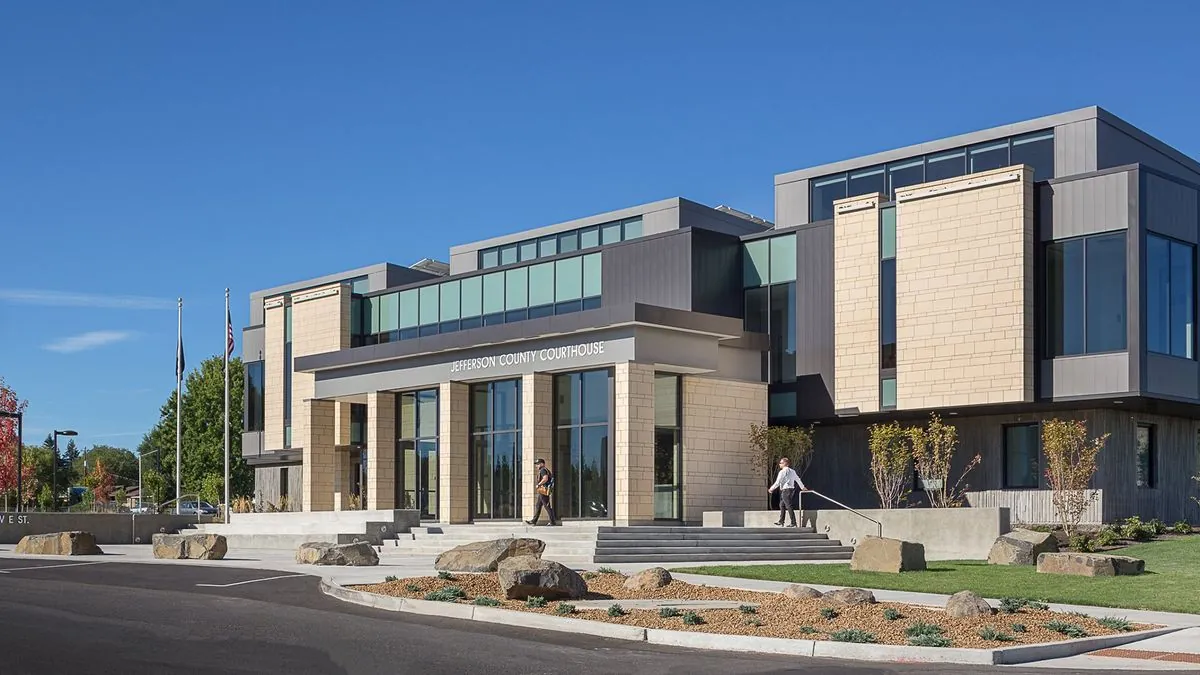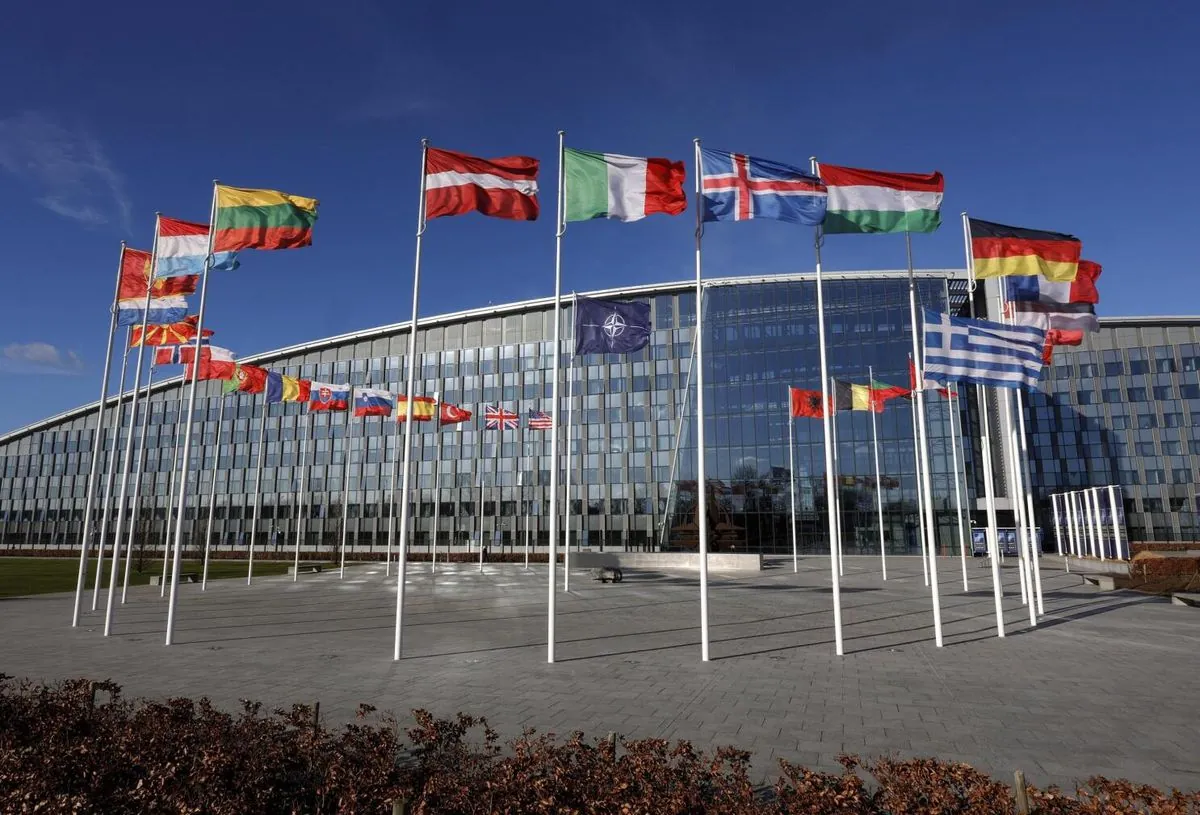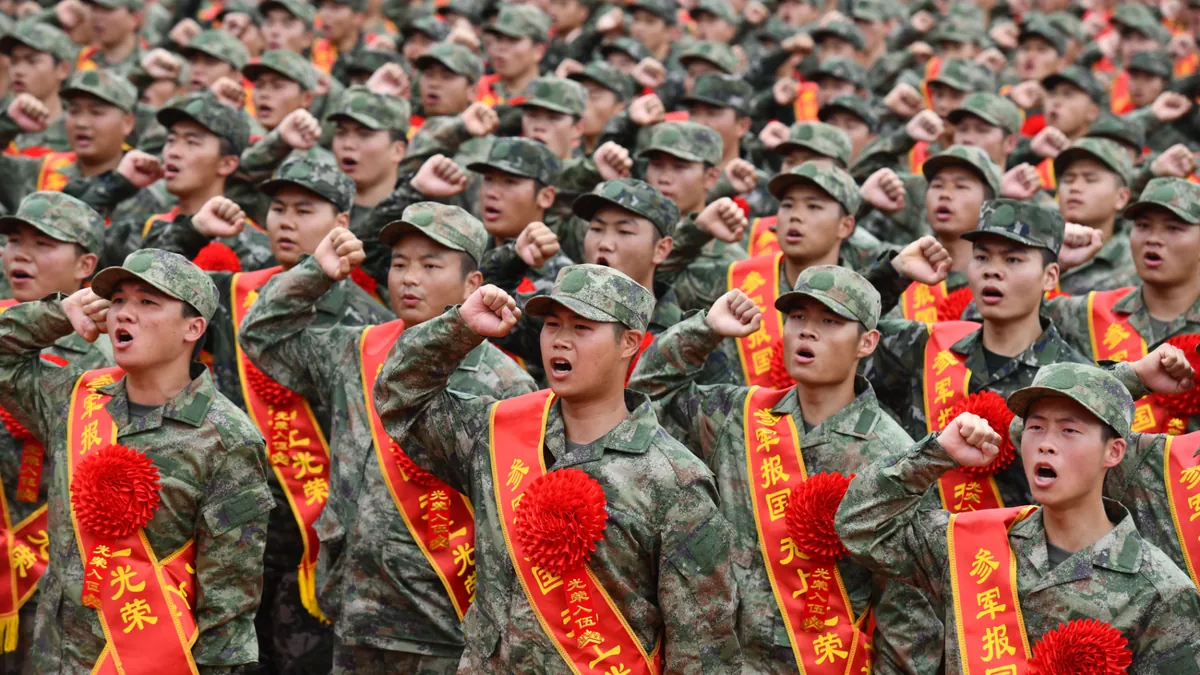Saudi Arabia Projects Wider 2024 Deficit Amid Vision 2030 Investments
Saudi Arabia forecasts a 2.9% GDP deficit for 2024, wider than previously estimated, as it boosts spending on economic transformation. The kingdom expects accelerated growth in 2025 despite current challenges.

Saudi Arabia has released its preliminary budget statement for 2024, projecting a wider fiscal deficit as the kingdom continues to invest heavily in its economic transformation plan. The government anticipates a deficit of 118 billion riyals ($31.5 billion), equivalent to 2.9% of GDP, surpassing the earlier estimate of 79 billion riyals from December 2023.
This increased deficit projection comes as Saudi Arabia, the world's largest oil exporter, maintains its commitment to Vision 2030, an ambitious economic overhaul initiative announced in 2016 by Crown Prince Mohammed bin Salman. The plan aims to diversify the kingdom's economy and reduce its dependence on oil revenues.
Despite facing challenges such as lower oil prices and voluntary production cuts, Saudi Arabia continues to increase its spending. The government forecasts total revenue of 1.24 trillion riyals and expenditures of 1.36 trillion riyals for 2024. These figures represent an increase from the December 2023 budget estimates of 1.17 trillion riyals in revenue and 1.25 trillion riyals in spending.

The kingdom's economic outlook remains optimistic, with real GDP expected to grow by 0.8% in 2024, rebounding from the previous year's contraction. Furthermore, the government projects a significant acceleration in GDP growth to 4.6% in 2025, partly due to increased oil production.
Naif al-Ghaith, chief economist at Riyad Bank, noted that while revenues have exceeded expectations, the increase in spending is the primary factor behind the wider deficit projection. This aligns with Saudi Arabia's commitment to investing in its future, as the country aims to position itself among the top 15 economies globally by 2030.
The Vision 2030 plan encompasses various ambitious targets, including:
- Increasing non-oil government revenue to 1 trillion riyals
- Reducing unemployment to 7%
- Boosting women's participation in the workforce to 30%
- Expanding the private sector's contribution to GDP to 65%
- Increasing renewable energy capacity to 50%
To achieve these goals, Saudi Arabia plans to invest a staggering $3.2 trillion in its economy by 2030. This investment strategy extends beyond traditional sectors, with the kingdom aiming to increase its tourism revenue to 10% of GDP and double the number of UNESCO World Heritage Sites in the country.
While the non-oil sector has been a key focus of the Vision 2030 plan, growth in non-oil activities is expected to moderate to 3.7% in 2024, down from an average of nearly 6% over the past three years. This adjustment reflects the ongoing challenges of economic diversification and the global economic environment.
It's worth noting that Saudi Arabia's fiscal balance remains sensitive to oil prices. The International Monetary Fund (IMF) estimates that the kingdom requires oil prices of almost $100 per barrel to balance its budget. This underscores the importance of the country's efforts to diversify its revenue streams and reduce its reliance on oil exports.
As Saudi Arabia continues to navigate its economic transformation, the country's sovereign wealth fund, the Public Investment Fund, plays a crucial role. As one of the largest sovereign wealth funds globally, it serves as a key instrument for investing in new economic sectors and driving sustainable growth.
In conclusion, while Saudi Arabia's 2024 budget projections indicate short-term fiscal challenges, they also reflect the kingdom's unwavering commitment to its long-term vision. By maintaining high levels of investment and pursuing ambitious economic reforms, Saudi Arabia aims to create a more diversified and resilient economy capable of thriving in the post-oil era.

























